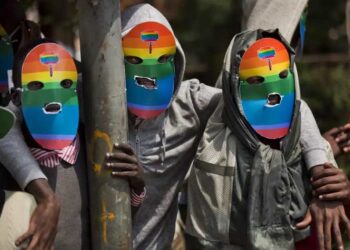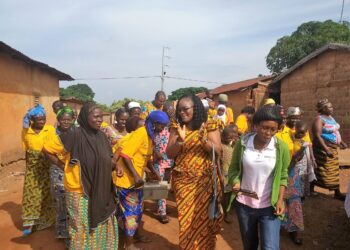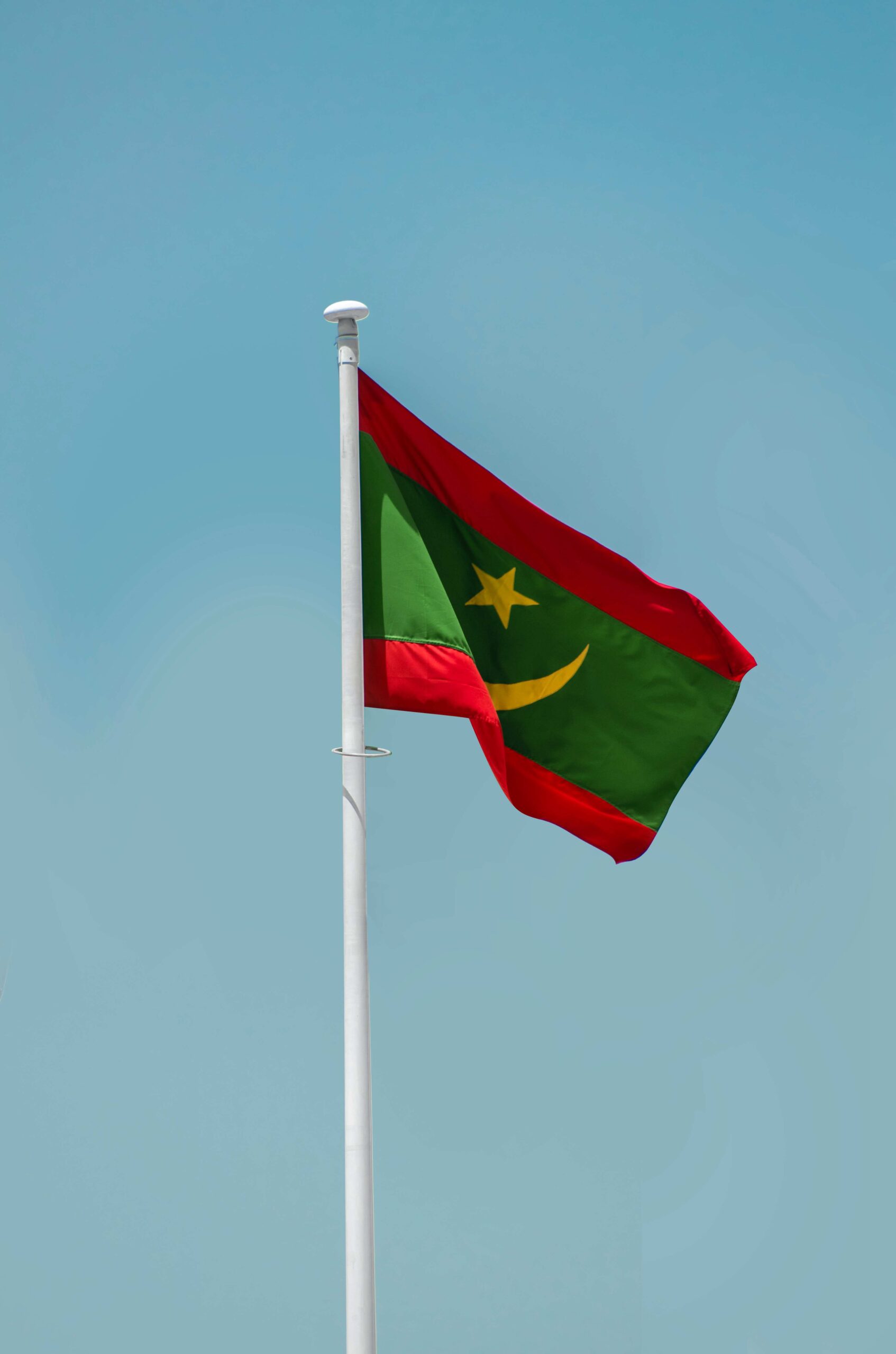In the expansive world of languages, Zimbabwe is a nation that boasts an impressive array of dialects, reflecting the multifaceted cultural richness of this Southern African land. It serves as a wonderful case study for linguists and anthropologists alike, with 16 officially recognised languages cohabitating within its borders. As we delve deeper into the tapestry of Zimbabwe’s linguistic landscape, it’s critical to appreciate the historical, cultural, and societal contexts that have shaped the evolution of these languages. In Zimbabwe, there are 16 officially recognised languages by the Constitution, these are: Chewa, Chibarwe,English, Kalanga, Koisan, Nambiya, Ndau, Ndebele,Shangani, Shona, Sign Language,Sotho, Tonga, Tswana,Venda and Xhosa.
English, Shona, and Ndebele are the most widely spoken languages in Zimbabwe. Each plays a distinct role within the society and holds a unique position within the nation’s linguistic architecture. English, inherited from the colonial era, is predominantly used in the realms of law, education, and formal business settings. Shona and Ndebele, the indigenous tongues, remain the heartbeats of local communities and culture.
Shona, the most widely spoken indigenous language, is a Bantu language spoken by over 70% of Zimbabweans. Its rich oral tradition, involving proverbs, folklore, and music, stands testament to the cultural wealth of the Shona-speaking community.
Ndebele, another prominent Bantu language, is primarily spoken by the Ndebele ethnic group in the western regions of Zimbabwe. It is known for its expressive idiomatic phrases and a captivating storytelling tradition. The language is an essential cultural marker, carrying the historical narratives and societal norms of the Ndebele people.
In addition to these three dominant languages, Zimbabwe recognises an assortment of other languages under its constitution. These include Tonga, Chewa, Shangani, Chibarwe, Kalanga, Sotho, Ndau, Venda, Nambya, Koisan, Xhosa, sign language, and many more. Each of these languages, though spoken by smaller populations, forms a crucial thread in Zimbabwe’s diverse cultural fabric.
Understanding Zimbabwe’s linguistic diversity is not simply an academic exercise; it’s a journey into the heart of a nation rich in cultural heritage. Languages in Zimbabwe, like the people themselves, tell a compelling story of resilience, diversity, and unity. They mirror the societal structures, historical struggles, and the collective spirit of the Zimbabwean people.
The dynamism of the language situation in Zimbabwe also reveals a vibrant picture of interethnic interactions, cultural exchange, and mutual respect. It serves as a model for other multicultural nations seeking to uphold linguistic diversity while fostering unity and national identity.

Image Credit: Drew Beamer on Unsplash





